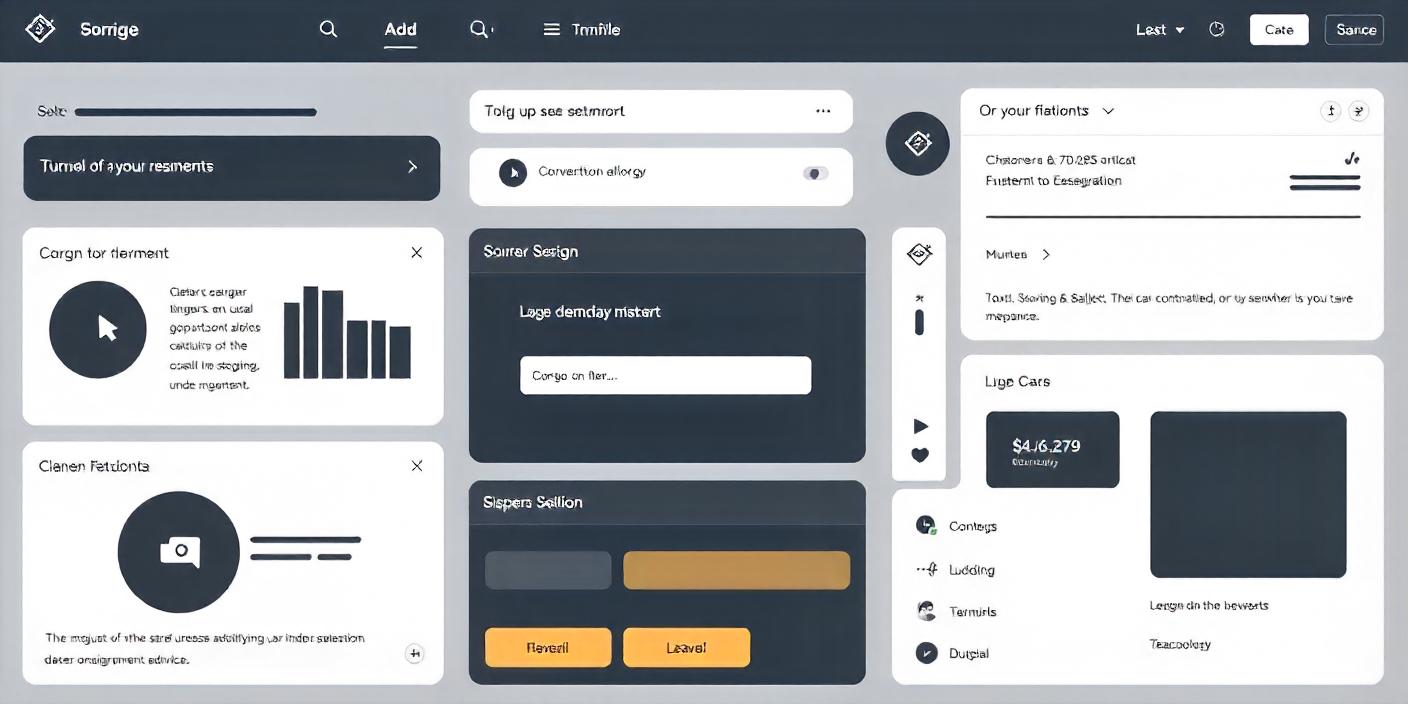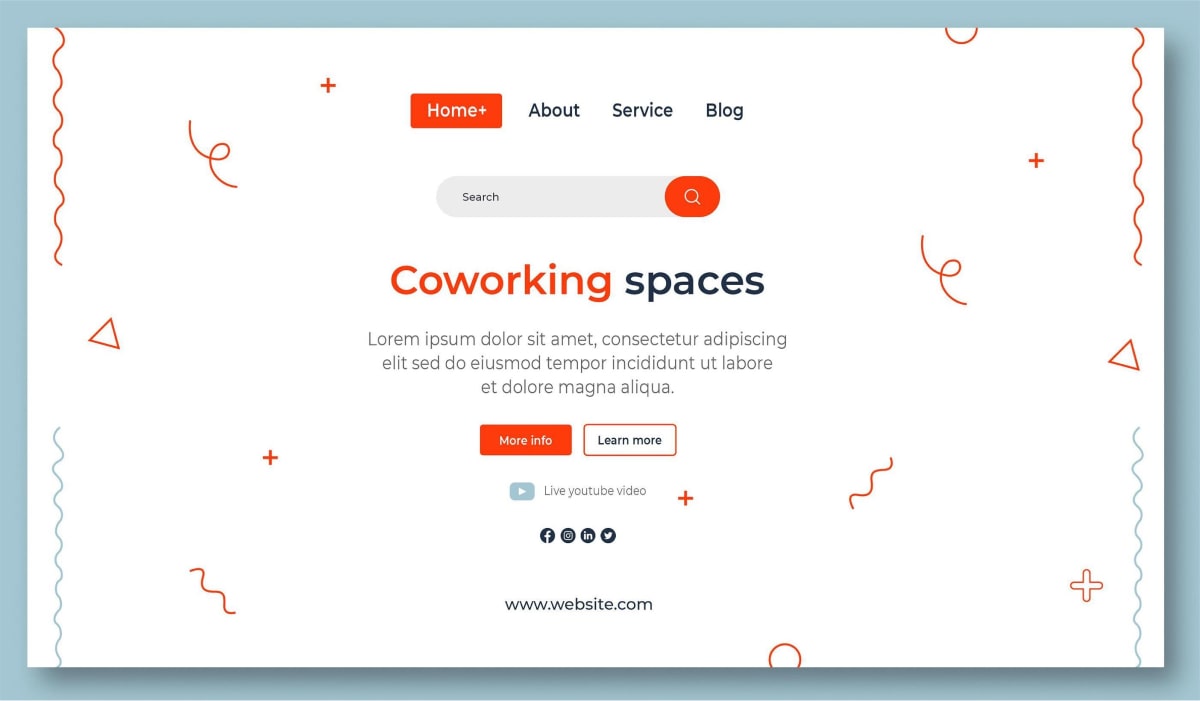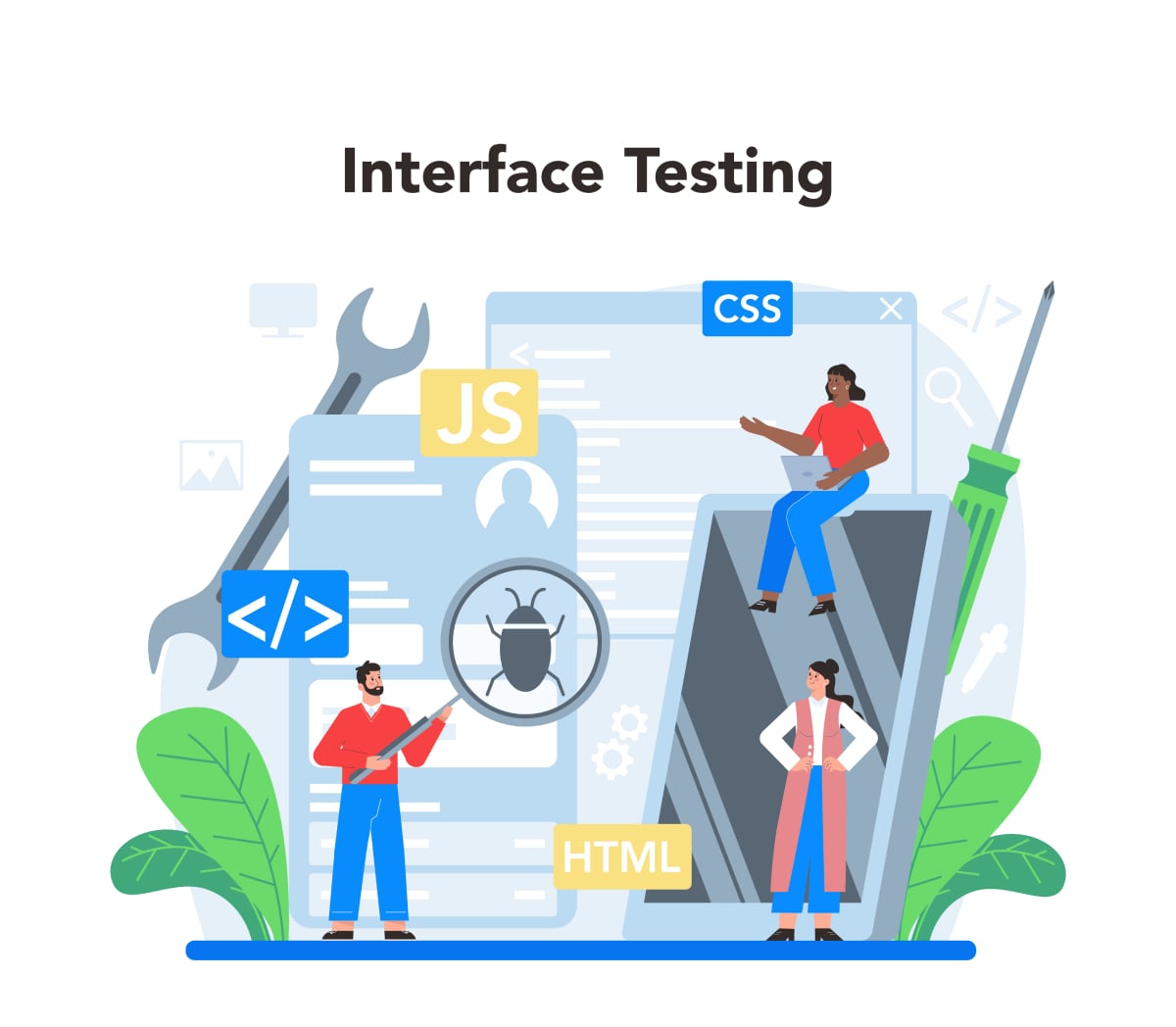10 Common UI/UX Design Mistakes to Avoid & How to Fix Them
Sep 2, 2024

Hey, have you ever found yourself so fascinated by the UI/UX design process that you end up overlooking important details? It’s a common occurrence and nothing to be ashamed of. I believe it would be great and beneficial to discuss the typical mistakes we make in this field and explore ways to prevent them. So, why not grab a cup of coffee and join me as we delve into this topic?
It’s important to keep in mind that our design ideas should always prioritize the user. While it’s natural to feel enthusiastic about our concepts and visual styles, we must never lose sight of the end user. Rather than being solely enamoured with a particular concept or aesthetic, we should focus on ensuring that it aligns with the user’s needs. Understanding the problems they are working to solve is crucial. By empathizing with their perspective and beginning the design process from this vantage point, we can be confident that we are headed in the right direction.
To prevent making this error, it is crucial to engage users at the beginning of the design process. Gathering their input, observing their interactions with the design, and being prepared to make changes if something is not effective are all essential steps. The more we prioritize the users’ needs, the greater our designs’ success will be.

We’ve all been there—making the mistake of continually adding more features, colors, or embellishments, ultimately overcrowding the design and overwhelming users. The reality is that simplicity is often more effective than complexity. When in doubt, it’s best to maintain a clean and focused design.
One effective way to simplify a design is to strip it down to its fundamental elements. It’s important to question whether each element is truly essential consistently. If it’s not, it might be beneficial to consider removing it. Embracing a minimalist approach not only enhances the visual appeal but also contributes to a more intuitive and enjoyable user experience.

When you’re using an app, it can be disorienting when the font suddenly changes, the buttons look different, and the layout shifts from one screen to the next. Consistency in UI/UX design is incredibly important because it helps users feel at ease and familiar with your product, ultimately reducing the amount of mental effort they have to put in.
To maintain this consistency, it’s really helpful to create a design system. This system should include standards for colors, typography, spacing, and components, and you should stick to it throughout your project. This might seem like a small detail, but it plays a huge role in creating a seamless and enjoyable user experience.

Effective navigation on a website or app is crucial to ensuring a positive user experience. When users struggle to find information, they often become frustrated and may abandon the site altogether. To create an optimal navigation system, make sure to use clear and descriptive labels, organize content logically, and establish consistent patterns throughout the interface. Additionally, it’s essential to prioritize the mobile experience by ensuring that menus and buttons remain user-friendly even on smaller screens.

In the modern era of 2024, mobile accessibility and responsiveness are crucial factors that cannot be underestimated. With a large number of individuals using their smartphones for browsing, shopping, and professional tasks, a website or application must be designed with mobile users in mind from the outset. Neglecting mobile users is akin to closing the door on a substantial portion of the audience.
It’s essential to ensure that the design is flexible and capable of adjusting to different screen sizes. Thorough testing across various devices is necessary to confirm that every aspect functions as intended. This encompasses not only the layout but also touch responsiveness, loading speeds, and the overall user experience. It’s important to remember that embracing a mobile-first approach isn’t merely a trend; it’s a fundamental requirement in today’s digital landscape.

The importance of fast load times for websites and apps cannot be overstated. Slow loading speeds can significantly impact user experience, leading to frustration and abandonment. It is essential to prioritize performance optimization from the outset of development. This includes strategies such as image compression, code minimization, and implementing lazy loading when feasible. Utilizing tools like Google’s PageSpeed Insights can assist in identifying specific areas for improvement. Improving load times not only enhances user satisfaction but also has the potential to positively impact your website’s search engine optimization (SEO) rankings.

When creating a product, it’s important to prioritize accessibility beyond just meeting requirements. It’s about ensuring that everyone can use your product, regardless of their abilities. This involves considering elements such as color contrast, and font sizes, providing alternative text for images, and enabling keyboard navigation. It’s crucial to bear in mind that accessibility is not solely about fulfilling standards; it’s about demonstrating empathy and fostering inclusivity.
To assess the accessibility of your design, you can utilize helpful tools like WAVE or Lighthouse. These tools can identify potential issues and offer guidance on how to address them effectively. By utilizing these resources, you can ensure that your product is accessible to a wider range of users.

Have you ever experienced clicking a button and waiting, unsure if it did something? That’s the pain of lacking feedback. Users must be reassured that their actions have been acknowledged, whether it’s through a loading spinner, a confirmation message, or a subtle animation.
Giving user feedback doesn’t have to be complex. Small touches like highlighting a selected option, displaying progress, or providing error messages can significantly enhance the user experience. The key is to keep the user well-informed and in control.

Crafting effective CTAs is crucial because this is where the magic happens—it’s the moment when users decide to take action. If your CTA is unclear or difficult to spot, you might lose potential conversions. It’s important to make sure that your CTA is direct, prominent, and compelling. It should clearly instruct users on what action to take and why they should take it.
When creating CTAs, using action-oriented language such as “Get Started,” “Sign Up,” or “Buy Now” can be very effective. Additionally, it’s essential to ensure that they visually stand out, as contrast can help draw attention to them. It’s also important not to overwhelm users with too many options. A focused and strategically placed CTA can significantly boost conversion rates.

This one’s a biggie. No matter how confident you are in your design, there’s no substitute for testing with real users. User testing can reveal issues you never even considered and give you insights into how people use your product.
User testing doesn’t have to be a huge, time-consuming process. Even just getting a few people to try out your design and give feedback can be incredibly valuable. Look for pain points, confusion, and areas where users hesitate. And be open to making changes based on what you learn.

And there you have it! These are some of the most common UI/UX design mistakes that even the best of us can make. But with a little awareness and a user-first approach, they’re avoidable. At the end of the day, great design is all about creating a seamless, enjoyable experience for the user. So, keep these tips in mind, stay curious, and keep designing with the user at the heart of everything you do.
Happy designing!
© 2025 Engineer Sahab Education. All rights reserved.